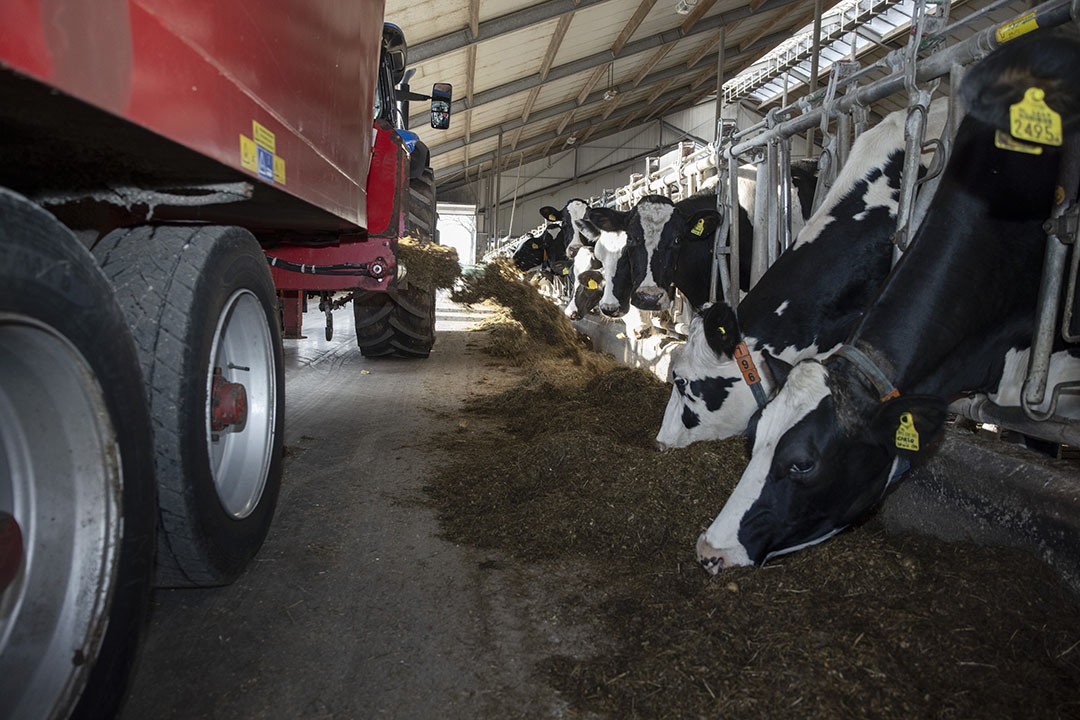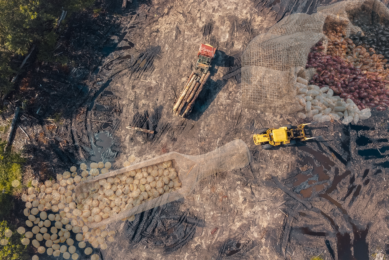Soya alternatives in dairy rations

SAC Consulting, part of SRUC, has been exploring the use of alternative, high-performing proteins in dairy feed rations for farmers.
Scotland’s Rural College (SRUC) conducted a study in which they removed soya from 3 of its dairy herds and analysed the impact of protein alternatives on their productivity. The 3 herds, based in Dumfries and Galloway on Arla contracts, are SRUC Crichton Royal Farm, home to the Langhill Research Herd (200 cows); Acrehead (210 cows); and SRUC Barony Campus dairy herd (200 cows).
Lorna MacPherson, Dairy Consultant with SAC Consulting, explains that in the study the SRUC dairy farms stopped feeding soya in the total mixed ration (TMR) to both milking and dry cows in April this year with new diets formulated with more rapemeal and distillers wheat dark grains, with protected rapemeal added to provide quality by-pass protein.
SAC monitored output over 3 months with the data showing that there wasn’t much change in milk output or milk composition after excluding soya from their diet. 3 feed blends were reformulated without soya and were designed to have the same level of protein, bypass protein, and energy content as the soya-based blends. Soya hulls were also replaced with sugar beet pulp and palm kernel to maintain NDF levels.
 Organic selenium in cow feed for dairy products
Organic selenium in cow feed for dairy products
A study in Spain set out to determine the effect of dairy cow feed supplementation with inorganic plus organic selenium on milk yield, and on the selenium enrichment of milk and dairy products to obtain naturally enriched products.
MacPherson: “Farmers shouldn’t be afraid of not using soya in their rations. There is now plenty of evidence and trials being conducted showing that protected rapemeal is a viable alternative to soya and can be used with no detriment to milk yield or quality.”
Protected rapemeal as a viable alternative
Protected rapemeal is where conventional rapemeal is treated, either by a heat or chemical process to increase the bypass protein content, lowering its digestibility in the rumen and increasing the proportion that passes through the rumen intact for digestion in the small intestine. It also increases the availability of the essential amino acids lysine and methionine to the small intestine, which can benefit milk yield and milk protein content. There are many protected rapemeal products available which have a similar or greater bypass protein content to that of soya.
Although both conventional and protected rapemeal are cheaper per tonne, farmers will have to feed more of these alternatives to reach the same protein content in the diet when replacing soya, according to MacPherson.
A downside is that this means there is less space in the ration to use your own forage or cereals – in some sense, soya is a space saver.”
According to the dairy consultant not all soya production is bad: “There’s a public perception that vast areas of rainforests are being cleared for its production. This is not always the case and soya can be sourced that is certified responsible with zero-deforestation assurance. However, with a growing environmental lobby and bold ambitions from retailers, growing soya alternatives may offer opportunity for farmers in Scotland.”











